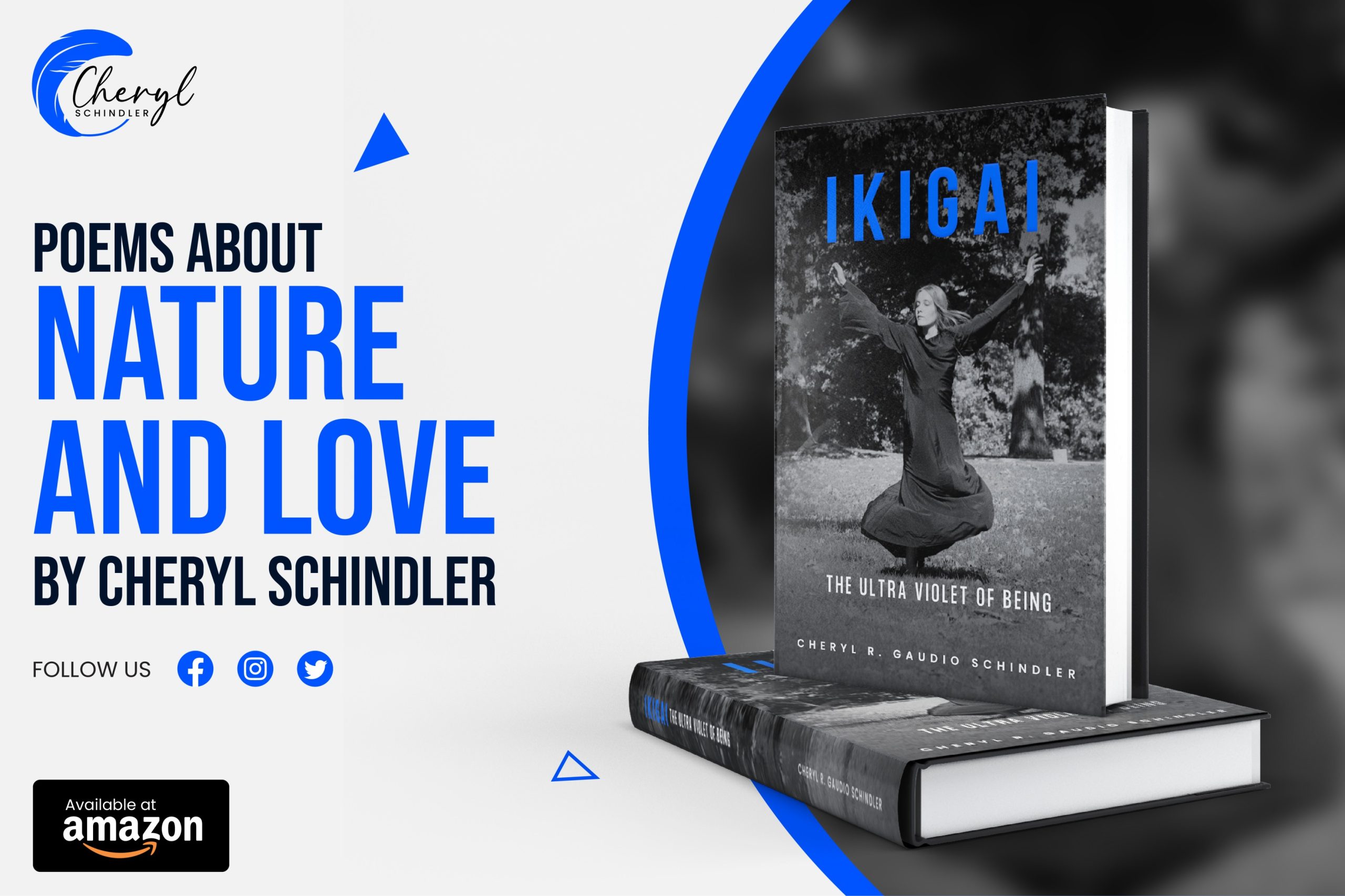Introduction
Poetry has always been the mirror to our deepest emotions, reflecting the beauty of nature and the complexities of love. These two are the most compatible themes that have constrained numerous poets to generate verses that chime across generations. In this exploration of “Poems About Nature and Love,” we will sink ourselves into renowned poets and authors’ works and go deeper into their poetic expressions.
-
“The Road Not Taken” by Robert Frost

Available on amazon
In Robert Frost’s “The Road Not Taken,” readers are transported to a profuse, mysterious forest with a traveler at its heart. Frost deftly paints a striking picture of two conflicting paths, each symbolizing the choices we face in life. The description of the “Yellow Wood” and the “Undergrowth” adds texture to the setting, and the personification of the paths allows us to connect with them emotionally. Nature’s beauty, with its “Leaves no step had trodden black,” serves as a serene but powerful backdrop. We feel the weight of the decision as the speaker reflects on which path to take, mirroring the themes of self-exploration and life’s wandering journeys found in “The Ultra Violet of Being” by Cheryl Schindler.
-
“She Walks in Beauty” by Lord Byron

Available on Amazon
Lord Byron’s “She Walks in Beauty” is a lyrical tribute to feminine allure. The poem mesmerizes with its opulent descriptions of a woman’s physical and inner beauty. Byron’s words call forth the image of the beloved moving gracefully between the stars and night, her beauty cognate to the “Cloudless Climes and Starry Skies.” This clear portrayal mirrors the emotional depths explored in good modern poetry like “The Ultra Violet of Being” and arrests the essence of a woman’s elegance.
-
“A Red, Red Rose” by Robert Burns

Available on Amazon
In “A Red, Red Rose,” Robert Burns’ verse is an exquisite ode to the everlasting nature of love. Burns uses powerful metaphors, comparing love to a “red, red rose” and a “melodie.” These comparisons convey the depth of emotion and the enduring sweetness of love. The poem sets a profound impact betwixt the themes probed in “The Ultra Violet of Being.” Burns’ evocative language makes the reader feel the intensity of love’s passion.
-
“To Autumn” by John Keats

Available on Amazon
John Keats’ “To Autumn” monopolizes us in the splendor of the fall season. Through precisely detailed imagery, Keats paints a portrait of autumn’s beauty. The “mists and mellow fruitfulness,” “barred clouds,” and “full-grown lambs” transport us to a serene countryside. The poem’s rich and sensual imagery reflects the reverence for existence found in Cheryl Schindler’s “The Ultra Violet of Being.” Keats’ verses celebrate nature’s bounty in every line.
-
“Sonnet 18” by William Shakespeare

Available on Amazon
William Shakespeare’s “Sonnet 18” is a persistent declaration of love’s immortality. In this sonnet, the beloved is likened to a “summer’s day.” The bold description of the beloved’s beauty ensures it will live eternally “in eternal lines.” Shakespeare’s metaphors, comparing the beloved to the “rough winds” and “darling buds of May,” interest our senses and emphasize the timeless nature of love. The poem mirrors the exploration of perpetual themes found in “The Ultra Violet of Being.”
-
“I Wandered Lonely as a Cloud” by William Wordsworth

Available on Amazon
“I Wandered Lonely as a Cloud” by William Wordsworth is a sensory-rich exploration of the therapeutic power of nature. Wordsworth’s descriptions of a field of “golden daffodils” dancing in the breeze transport us to a serene lakeside scene. The sheer abundance of daffodils and the joyful description of their “fluttering and dancing” arouse a profound sense of awe and inspiration. This connection between the human spirit and the natural world reflects the themes of introspection and discovery prevalent in post modern poetry like “The Ultra Violet of Being.”
-
“How Do I Love Thee?” by Elizabeth Barrett Browning

Available on Amazon
Elizabeth Barrett Browning’s “How Do I Love Thee?” deeply examines the myriad ways love can be expressed. The poem’s structure, with the speaker repeatedly asking, “How do I love thee?” underscores the inexhaustible nature of love. From the “depth and breadth and height” to “soul’s silent tears,” Browning’s detailed list of comparisons paints a comprehensive portrait of love’s boundless dimensions. This poem mirrors Cheryl Schindler’s best modern poetry of self and identity. Browning’s heartfelt words blare deeply with anyone who has contemplated the depths of their own emotions.
-
“The Sun Rising” by John Donne
John Donne’s metaphysical poem “The Sun Rising” playfully personifies the sun, reprimanding it for daring to interrupt the speaker’s love-filled moments. The descriptions of the sun as a “busy old fool” and the “saucy pedantic wretch” are whimsical and irresistible. Donne’s poem exhibits the universality of love themes across different poetic styles and emphasizes the all-encompassing power of love, a theme that reverberates in contemporary poetry.
-
“Lines Composed a Few Miles Above Tintern Abbey” by William Wordsworth

Available on Amazon
Wordsworth’s “Lines Composed a Few Miles Above Tintern Abbey” is an introspective exploration of the healing power of nature. Through detailed descriptions of the abbey’s surroundings, Wordsworth paints a picture of serenity and introspection. The poem wins the speaker’s sense of rejuvenation and introspection as they reconnect with the natural world. It parallels the themes of self-discovery and identity in “The Ultra Violet of Being.” Wordsworth’s verses offer readers an intense window into the connection between humanity and the natural world.
-
“Wild Geese” by Mary Oliver

Available on Amazon
Mary Oliver’s “Wild Geese” is a poignant reminder of our deep connection to the natural world and the importance of embracing our authentic selves. The poem encourages readers to release their burdens and find solace in nature. Oliver’s description of the “wild geese” and the invitation to “let the soft animal of your body love what it loves” reflect deeply. These words serve as a gentle yet powerful reminder of the healing power of the natural world, mirroring Cheryl Schindler’s analysis of identity in “The Ultra Violet of Being,” the best modern poetry so far.
Conclusion
As we journey through these timeless poems about nature and love. We dig up the intricacies that make each one a paragon. From the exuberant descriptions of nature’s beauty in Byron and Keats to the heartfelt voyage of love’s dimensions in Browning and Donne. Good modern poetry continues to be a channel for deep human emotions and observations.
“Ikigai: The Ultra Violet of Being” by Cheryl Schindler Author, a post-modern poetry. Impeccably continues this tradition by pitching into self-discovery and identity. Within its verses, readers can find sonority with the constant themes of poems about love and nature that have gratified poets for centuries. In the dimension of poetry. The themes poems of nature and love remain as relevant and poignant as ever, connecting generations of poets.


